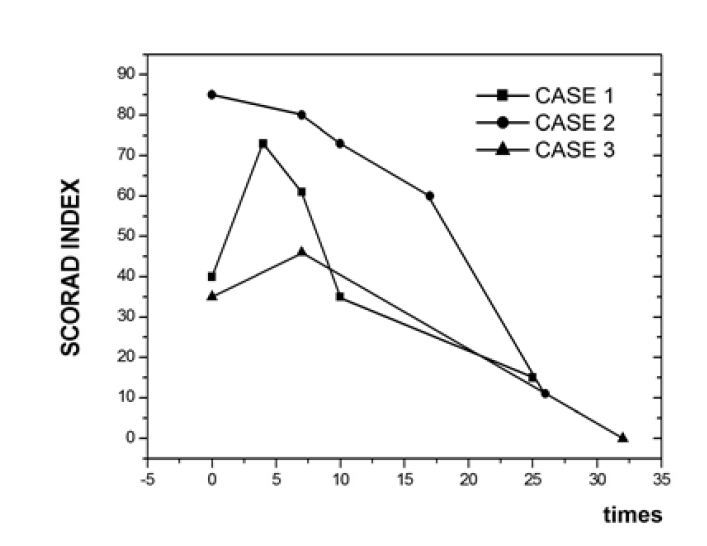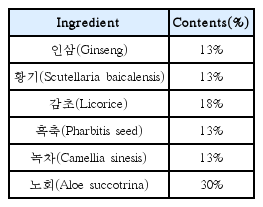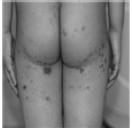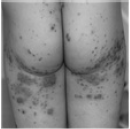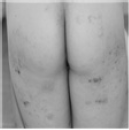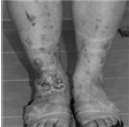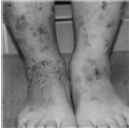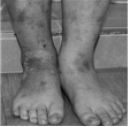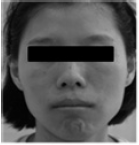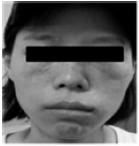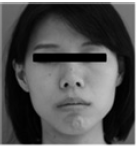The Case Study of Lactobacillus mixture culture fluid on Atopic dermatitis
Article information
Abstract
Objectives:
Recently lactic acid formulation was known as the adjuvant therapy on atopic dermatitis(AD) symptoms because of little side effects. In this study, it was studied that Lactobacillus mixed culture appliment was effective on not on AD symptoms.
Methods:
The case-photos 30–40 times of AD symptoms from case were observed with literatures. The case-photos were acquired with environmental AD dermatitis experience program which is conducted in SUNCHANG RESERCH INSTITUTE OF HEALTH AND LONGEVITY from 2014.01 to 2014.08. Experience applicants were limited the oral administration and chemical external administration.
Results:
Lactobacillus mixed culture appliment was effective because of the mitigation or disappearance of AD primary symptoms like pruritus, erythema, edema, effusion, dry skin, scaly, scab etc. AD symptom degree was dependent on lactobacillus mixed culture appliment times, and classified as Reaction Period (RAP), Reduction Period (RDP), Efection Period (EP), Reproduction Period (RPP) on a single mixed culture appliment time.
And AD symptoms which were appeared in RPP were classified as Rebound Period (RBP), Effection Period (EP), Subclinical Period (SCP).
Conclusions:
Lactobacillus mixed culture appliment is considered to be useful for AD symptoms and is estimated to be effective by different mechanism with oral administration or steroid ointment application. Lactobacillus mixed culture appliment is expected to induce a synergistic effects on AD symptom reliefs with the other oral administration.

The atopy dermatitis symptoms cycle after Lactobacillus mixture culture single appliment
RAP; reaction period, RDP; reduction period, EP; effection period, RPP; reproduction period
Symptom lever line made by hands to depend on observer.
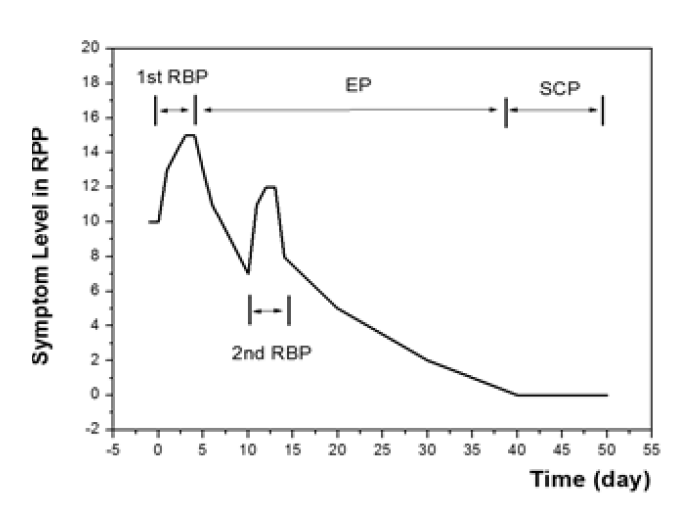
The atopy dermatitis symptoms expression degrees on RPP after Lactobacillus mixture culture appliments
RBP; rebound period, EP; effection period, SCP; subclinical period Symptom lever line made by hands to depend on pictures.

1st cases in skin coating treatment with lactobacillus mixture culture fluid on atopic dermatitis in buttock

2nd cases in skin coating treatment with lactobacillus mixture culture fluid on atopic dermatitis in ankle
